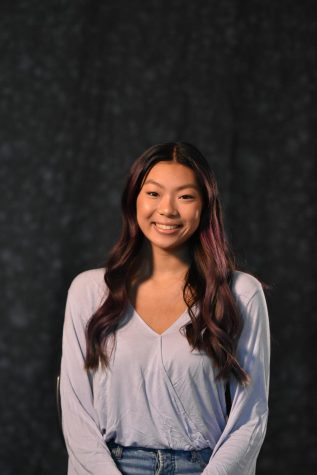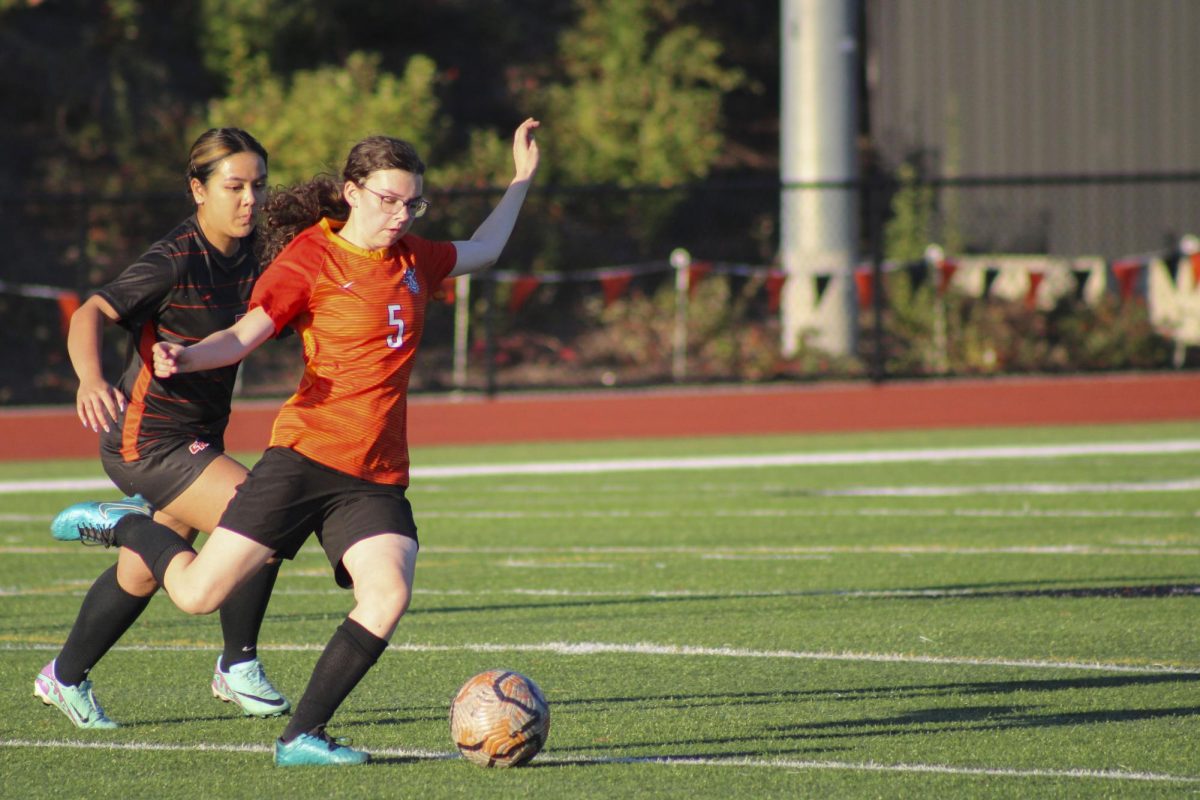Behind the Scene Stars of Athletics
Learning the importance of the sports medicine team to the CKHS athletic department.
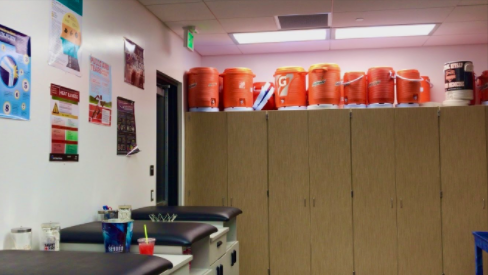
The CKHS athletic departments sports medicine training room includes taping tables, bath tubs, water jugs, and more!
Behind all of the running, tackling, and jumping among Central Kitsap High School (CKHS) athletes, the Sports Medicine Team works to prevent and treat injuries.
Sports Medicine is a year-long class that has up to three levels: Beginning of Sports Medicine, Advanced Sports Medicine, and Kinesiology. Sports Medicine not only includes a three year course, but additionally, offers the opportunity for students to actively help athletes after school for volunteer hours, credit, and most importantly experience.
Ken Ahlstrom, the teacher of the Sports Medicine program, helps students understand various injuries that occur among a wide range of athletes as well as injury treatment and rehabilitation.
The difference between the class and the after school activity is that the class focuses on technical terms using textbooks and videos, meanwhile, helping athletes after school helps students deal with hands-on skills.
“We work with all the different sports, basically, to try and prevent and treat athletic injuries to the best of our ability,” said Ahlstrom.
The Beginning of Sports Medicine course is an introduction to various injuries and treatments. Advanced Sports Medicine mainly discusses injuries in depth, body parts, and evaluations. Kinesiology entails the recovery and rehabilitation after an injury.
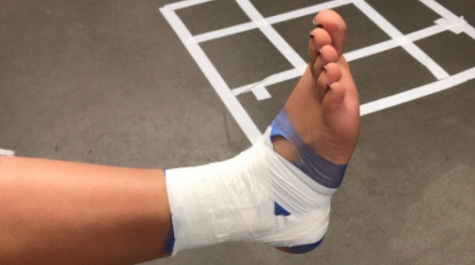
Sports Medicine as a whole includes advantages and benefits. Ahlstrom claims that the experience of working with students and being able to assist in recovery is a huge part of an athlete’s journey.
“It’s worth seeing a lot of athletes being able to get back out to play,” said Ahlstrom.
Angela Nidoy, Junior, is a part of the second year Advanced Sports Medicine program. Nidoy wanted to join Sports Medicine in order to further her knowledge in the healthcare field.
“I know that I want to be a physician’s assistant or a nurse, like a registered nurse,” said Nidoy.
Parental influences additionally swayed Nidoy to work in the healthcare system since her mother wanted to become a nurse, but could not due to her busy schedule taking care of six children. Nidoy’s father is currently working as a pharmacist.
Haylee Tamayoshi, Junior, reciprocates the idea of working in healthcare. Tamayoshi aspires to graduate with a medical degree in college. Although Nidoy is swayed to work in healthcare due to parental influences, Tamayoshi wants to work in the industry due to senses of fulfillment.
“I think it’d be awesome to help other people and I think it would be something that I would be good at,” said Tamayoshi.
Both Nidoy and Tamyoshi work with football and basketball athletes afterschool. Football and basketball are high to medium impact sports, which tend to yield the most injuries. Nidoy and Tamayoshi specifically choose to work among these sports because they feel confident in treating the injuries that occur.
“Some advantages are being more confident about knowing the physical body, the human anatomy, and any injuries that happen to the body,” said Tamayoshi. I understand the processes more. I’ve learned how to deal with it.”
The most common injuries among student athletes are ankle rolls, twists, and sprains. The most severe injuries that the Sports Medicine Team has witnessed includes shoulder dislocations, turf burn, and broken bones. The Sports Medicine Team learns how to treat these injuries, and have the ability to directly aid athletes participating in after school activities.
After aiding injured athletes for 2 years, Tamayoshi finds importance in recovery. Most athletes who force their bodies limits tend to reinjure themselves or further damage the injury.
“A valuable lesson I think is that, no matter how much you want to go out to be on the court or be on the field, you really have to take time to heal up your injury to be able to continue playing and not rush into the sport after an injury.”
Coming from an Advanced Sports Medicine Student, Tamayoshi wanted to lend advice to Beginning Sports Medicine students in the program.
“Be ready to volunteer and be ready to help others,” said Tamayoshi. “Don’t feel nervous. And if you have any questions, don’t be afraid to ask peers or Mr. Ahlstrom, because he’s a very helpful guy.”
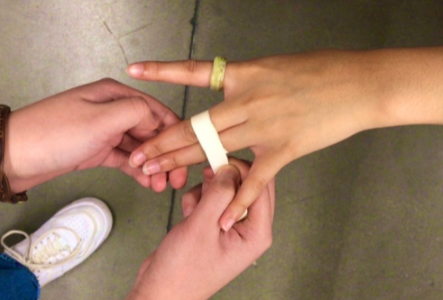
Students who have completed at least one year of the Sports Medicine course highly recommend taking part of the program.
“I feel like sports medicine is kind of a good introduction to human anatomy and you learn about the physical injuries that come from specific sports,” said Tamayoshi. “And being able to come in after school gives you like the hands-on experience that you don’t always get from just being in class.”
For those interested in the Sports Medicine course and program, all grade levels are open to join, starting at the Beginning of Sports Medicine class. For any questions, contact Ken Ahlstrom at [email protected].

